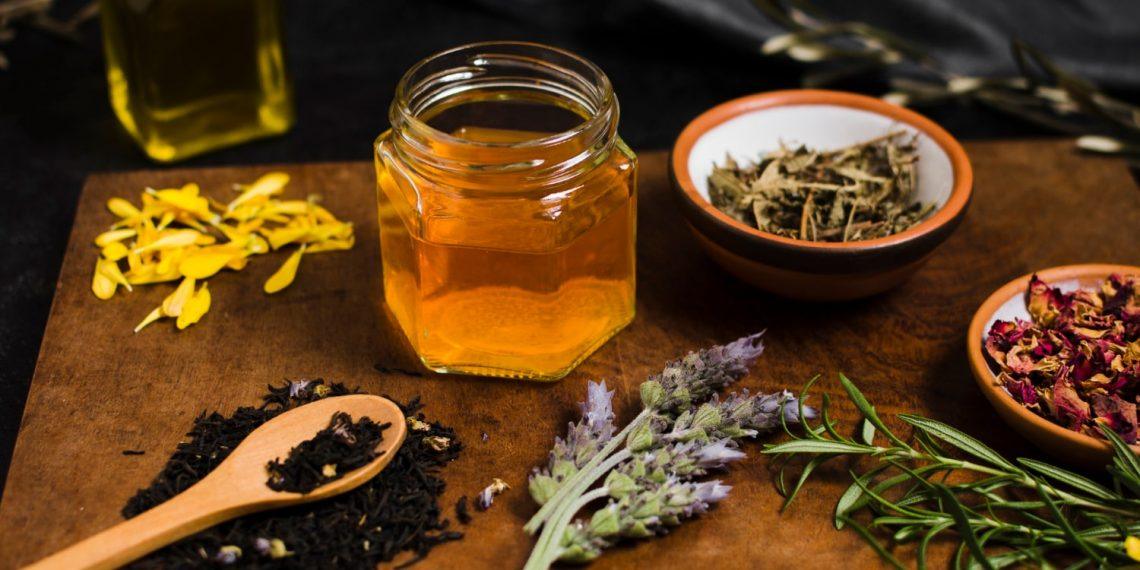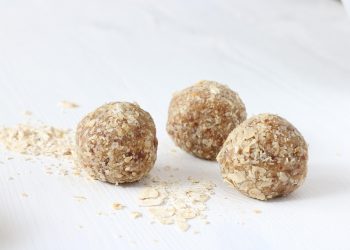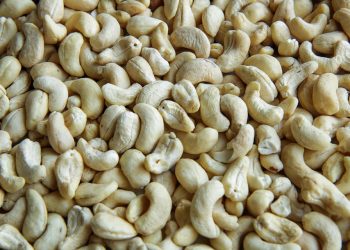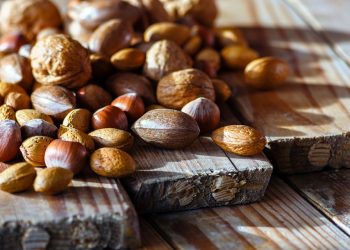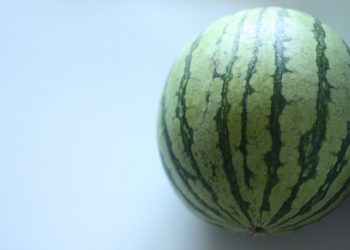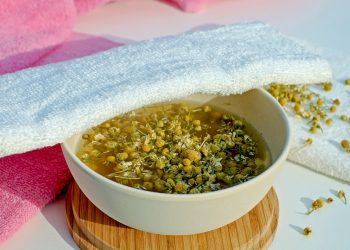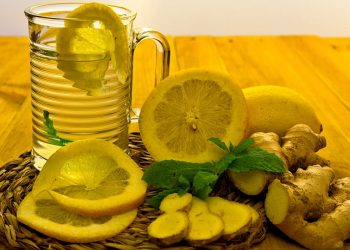Feeling drained? You’re not alone. The quest for energy is something we all grapple with. Enter low-glycemic foods—your secret weapon in the battle against fatigue. These foods not only provide a steady release of energy but also keep your body in harmony. Let’s dive into how these nutritional powerhouses can revitalize your life.
Contents
What Are Low-Glycemic Foods?
Low-glycemic foods are those that have a minimal impact on your blood sugar levels. They release glucose slowly and steadily, helping you avoid the dreaded energy crashes associated with high-glycemic options. When you nourish your body with these foods, you’re not just feeding it; you’re empowering it.
Why does this matter? Because energy isn’t just about feeling awake; it’s about being vibrant, focused, and capable of tackling whatever life throws your way. By incorporating low-glycemic foods into your diet, you can improve your overall well-being, stabilize your mood, and fuel your body efficiently.
Why Choose Low-Glycemic Foods?
1. Balanced Energy Levels
When you consume low-glycemic foods, your blood sugar levels remain stable. This means you won’t experience the roller coaster of energy spikes followed by crashes. Instead, you’ll enjoy a consistent flow of energy throughout the day.
2. Weight Management
Low-glycemic foods can help you feel fuller for longer. When you’re not constantly hungry, you’re less likely to reach for unhealthy snacks that sabotage your energy and your goals.
3. Improved Mood
Stable blood sugar levels can lead to improved mood and cognitive function. No more brain fog or irritability—just clear thinking and a positive outlook.
7 Low-Glycemic Foods to Energize Your Day
Here’s the delightful part—let’s explore seven low-glycemic foods that can seamlessly fit into your daily routine, boosting your energy naturally.
1. Quinoa
Quinoa is a powerhouse grain packed with protein, fiber, and essential amino acids. With a low glycemic index (GI) of 53, it’s an excellent choice for an energizing meal. Whether you toss it into a salad or use it as a base for a hearty bowl, quinoa offers a satisfying, nutrient-dense option.
- Benefits: High in protein, gluten-free, and rich in vitamins.
- Usage: Try a quinoa salad with fresh veggies and a splash of lemon for a refreshing lunch.
2. Lentils
These little legumes are low on the glycemic index and high in fiber and protein. With a GI of around 21, lentils release energy slowly, keeping you feeling full and energized. They’re also incredibly versatile—you can add them to soups, salads, or even create a lentil loaf.
- Benefits: Rich in iron and folate, excellent for heart health.
- Usage: Cook up a hearty lentil soup for a warming meal.
3. Sweet Potatoes
Sweet potatoes are not just delicious; they’re also a fantastic source of complex carbohydrates. With a GI of 44, they provide a slow release of energy. Packed with vitamins A and C, they’re a great addition to any meal.
- Benefits: Boosts immune function, rich in antioxidants.
- Usage: Roast them with a sprinkle of cinnamon for a tasty side dish.
4. Berries
Blueberries, strawberries, and raspberries are not only low in sugar but also high in antioxidants. With a GI of 40 or lower, they’re perfect for snacking or adding to your breakfast. The natural sweetness of berries can satisfy your cravings without the energy crash.
- Benefits: Supports heart health and brain function.
- Usage: Toss them into your morning yogurt or oatmeal.
5. Greek Yogurt
Greek yogurt is your creamy ally in the quest for energy. Its low GI of around 11 makes it a fantastic choice for breakfast or a snack. Packed with protein and probiotics, it’s great for digestion and keeps you feeling full longer.
- Benefits: Supports gut health, high in protein.
- Usage: Mix in some berries and a drizzle of honey for a delicious treat.
6. Nuts and Seeds
Almonds, walnuts, chia seeds, and flaxseeds are all low-glycemic and rich in healthy fats and protein. With a low GI, they make for perfect snacks that provide lasting energy. Just a handful can keep you going throughout your day.
- Benefits: Heart-healthy, high in omega-3 fatty acids.
- Usage: Sprinkle them on salads or enjoy them as a mid-afternoon snack.
7. Leafy Greens
Spinach, kale, and Swiss chard are all low on the glycemic index and packed with essential nutrients. They provide a wealth of vitamins and minerals, promoting sustained energy without the sugar spikes.
- Benefits: Rich in iron, calcium, and antioxidants.
- Usage: Blend them into a smoothie for a nutrient-dense breakfast.
How to Incorporate Low-Glycemic Foods into Your Diet
Meal Planning
Planning your meals around low-glycemic foods can help you stay on track. Set aside a few hours each week to prep your meals. This can make it easier to grab healthy options on busy days.
Mindful Eating
Pay attention to how your body responds to different foods. Notice how you feel after eating low-glycemic foods versus high-glycemic options. This awareness can help you make better choices.
Stay Hydrated
Sometimes, fatigue can stem from dehydration. Make sure you’re drinking plenty of water throughout the day. Herbal teas can also be a great option for hydration.
Bottom Line
Choosing low-glycemic foods can transform your energy levels and overall well-being. By incorporating quinoa, lentils, sweet potatoes, berries, Greek yogurt, nuts, seeds, and leafy greens into your diet, you’re not just eating—you’re fueling your life.
Energy doesn’t have to be elusive. It’s about making informed choices that empower your body and mind. So, why not start today? Make small changes, and watch how your energy soars.
Call to Action: Ready to boost your energy the natural way? Start by adding one of these low-glycemic foods to your meals this week. Your body will thank you!
FAQ
What is the glycemic index?
The glycemic index (GI) ranks foods based on how quickly they raise blood sugar levels. Low-GI foods have a slower impact, promoting stable energy.
How can I tell if a food is low-glycemic?
Look for foods with a GI of 55 or lower. Many whole foods, like fruits, vegetables, and whole grains, tend to be low-GI.
Can I still enjoy high-GI foods?
Yes, but moderation is key. Pair high-GI foods with low-GI options to balance out their effects on blood sugar levels.
Get Your FREE Natural Health Guide!
Subscribe now and receive our exclusive ebook packed with natural health tips, practical wellness advice, and easy lifestyle changes — delivered straight to your inbox.

